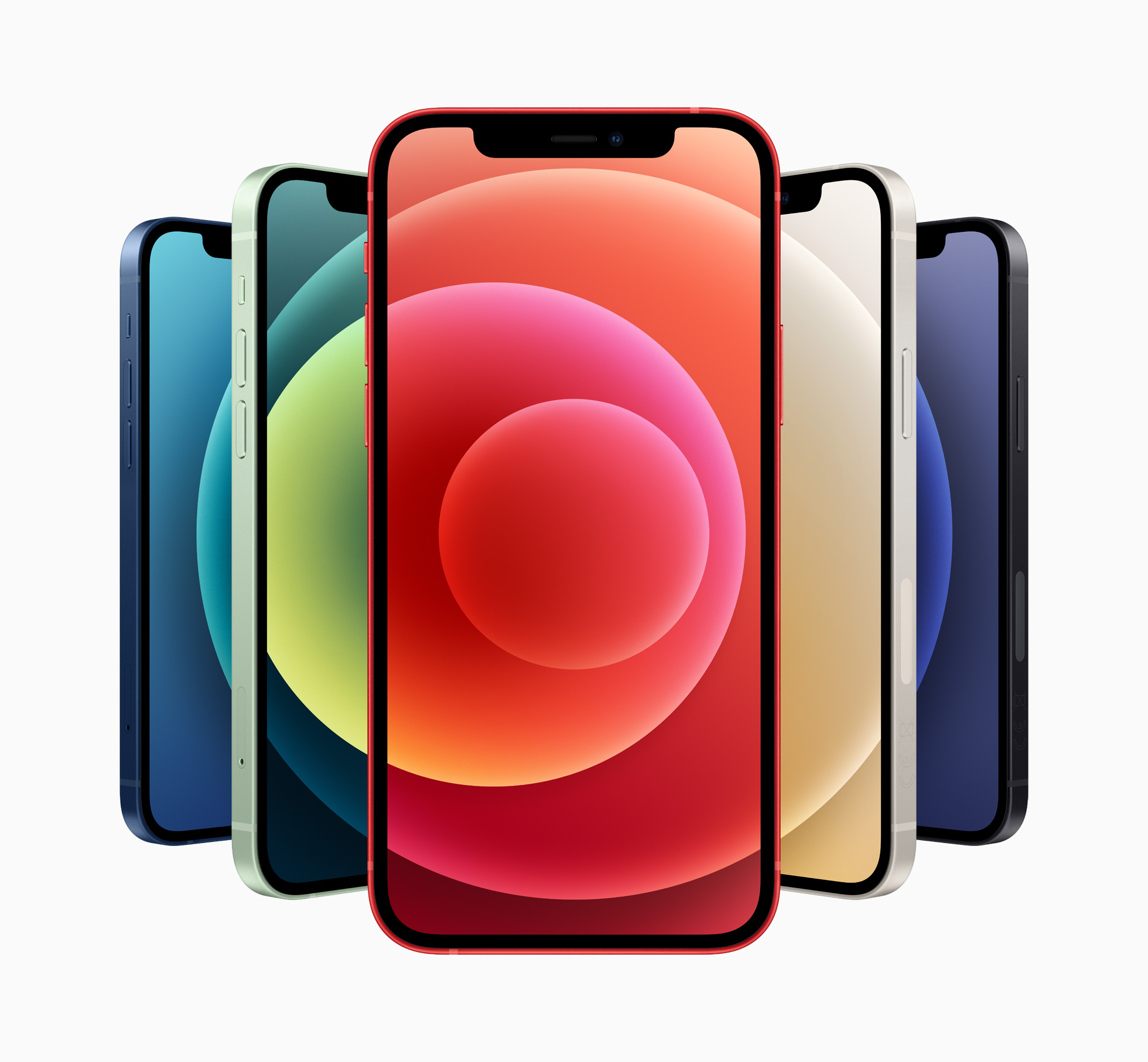Later this year, Apple is expected to follow its yearly refresh schedule and launch new iPhones. And the rumor mill has leaned into the possibility that Apple will (finally?) adopt a display with a high refresh rate. And sure enough, a new report echoes just that.
The latest comes from The Elec, which states that Apple is indeed going to adopt LTPO display technology for the iPhone 13 lineup. Previous rumors have said the same thing. However, the primary change in this regard is that Apple won’t use LG for the new displays. Instead, Apple will rely on Samsung‘s manufacturing prowess to bring the new displays to the future iPhone models.
The report says that Samsung will supply the display units to Apple starting soon enough. To do that, though, the company will need to transition its OLED line dedicated to Apple to the new display technology, switching to low-temperature polycrystalline oxide, or LTPO. That’s expected to happen sometime in the first half of this year.

From the report:
Samsung Display will convert its OLED line dedicated to its largest customer Apple into one that makes low-temperature polycrystalline oxide (LTPO) thin-film transistor (TFT) within the first half of 2021, according to market research firm UBI Research.
Apple isn’t a stranger to LTPO display technology. It adopted it for the Apple Watch lineup already. The main bonus for the switch? Even less power consumption than an OLED display. What’s more, Apple can finally adopt the ProMotion display feature, bringing a 120Hz refresh rate to its iPhone lineup. This is obviously one of the most oft-requested features up to this point, so Apple is definitely hitting the “about time” button on this one.
If Apple actually goes through with it.
Now, this is about the time we should add that one of the latest rumors regarding the LTPO display technology adoption is that Apple may limit its availability. According to analyst Ming-Chi Kuo, Apple is going to use this specific change in the two high-end models of the iPhone 13 — so the iPhone 13 Pro and iPhone 13 Pro Max.
We’ll have to wait and see how this all shakes out. Are you looking forward to Apple going this route?